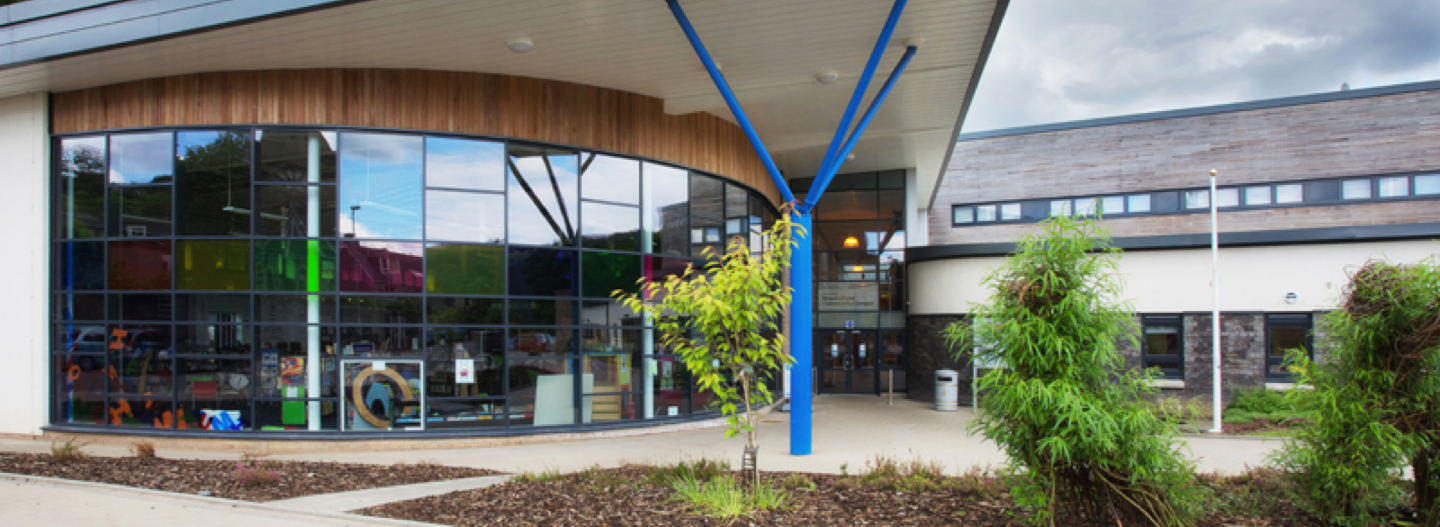
S1 Mathematics (Level 2 with benchmarks) Course Plan
-
Curriculum Area:
Whole Numbers and Integers
Curriculum for Excellence ‘Benchmark’
Working with whole numbers up to millions, ordering large numbers*
Rounding numbers to the nearest 1000, 10 000, 100 000*
Adding and subtracting whole numbers to solve problems
Multiplying and dividing whole numbers by a single digit to solve problems
Multiplying whole numbers by two digit numbers to solve problems*
Dealing with remainders
Multiplying and dividing whole numbers by multiples of 10, 100, 1000*
Applies the correct order of operations (no brackets)*
Working with and ordering numbers below zero*
-
Curriculum Area:
Decimals
Curriculum for Excellence ‘Benchmark’
Explaining place value for tenths, hundredths and thousandths*
Ordering decimals with up to three decimal places*
Rounding decimal fractions to the nearest whole number*
Rounding decimal fractions to one or two decimal places*
Adding and subtracting decimals to two decimal places
Multiplying and dividing decimals up to two decimal places by a single digit*
Multiplying and dividing decimals by 10, 100, 1000*
-
Curriculum Area:
Fractions
Curriculum for Excellence ‘Benchmark’
Identifying simple fractions
Creating equivalent fractions and using them to put simple fractions in order*
Simplifying fractions to their simplest form*
Finding a simple fraction of a number*
Linking simple fractions and their equivalent decimal fractions*
-
Curriculum Area:
Percentages
Curriculum for Excellence ‘Benchmark’
Linking percentages and their equivalent fractions and decimal fractions*
Finding a simple percentage of a number (10%, 25%, 50%, 75% etc)
Using a calculator to find any percentage of a number to solve problems*
-
Curriculum Area:
Block 1- Time, Distance, Speed
Curriculum for Excellence ‘Benchmark’
Revision of telling the time
Understanding and converting between the 12 and 24 hour clocks*
Choosing the most appropriate and converting between commonly used units of time*
Measuring time using an appropriate device*
Calculating time durations in 12 and 24 hour clock*
Using timetables and calendars to solve problems*
Estimating and calculating the time of a journey using distance and speed*
-
Curriculum Area:
Symmetry
Curriculum for Excellence ‘Benchmark’
Identifying lines of symmetry on 2D shapes*
Completing symmetrical shapes using vertical and horizontal lines of symmetry*
-
Curriculum Area:
Impact of Maths
Curriculum for Excellence ‘Benchmark’
Historical Mathematician Project or Mini Talk on a Mathematical subject*
-
Curriculum Area:
Angles
Curriculum for Excellence ‘Benchmark’
Knowing and using the terms right angle, straight angle, acute angle, obtuse angle, reflex angle*
Using a protractor to measure and draw angles within ± 2o *
Using and understanding the correct notation to name and identify angles
Using and calculating complementary angles (add to 90o) and supplementary angles (add to 180o)*
-
Curriculum Area:
Block 2 - Information Handling
Curriculum for Excellence ‘Benchmark’
Collecting data in the most suitable way for a given task*
Interpreting and creating bar graphs and line graphs*
Interpreting and creating simple pie charts*
Interpreting scattergraphs
Drawing conclusions about the reliability of data*
Using terms such as fifty-fifty, one in three chance etc to describe likelihood*
Carrying out simple probability experiments and predicting the result*
-
Curriculum Area:
Algebra
Curriculum for Excellence ‘Benchmark’
Simplifying expressions
Evaluating expressions by substituting values
Solving one step linear equations*
Solving two step linear equations
-
Curriculum Area:
Coordinates and Geometry
Curriculum for Excellence ‘Benchmark’
Understanding the terms origin, x axis, y axis, x and y coordinates
Plotting points in the first quadrant*
Using coordinates to complete designs and solve problems
-
Curriculum Area:
Block 3 - Measurement & Shape
Curriculum for Excellence ‘Benchmark’
Measuring and estimating length using mm, cm and m*
Estimating and using km in context*
Estimating and using mass in g and kg, and capacity in ml and l*
Solving problems involving the perimeter of squares and rectangles*
Investigating the properties of squares and rectangles
Investigating the properties of triangles (equilateral, isosceles, scalene)
Identifying triangles which are right angled, acute angled, obtuse angled
Finding the area of squares, rectangles and triangles in mm2, cm2 and m2.*
Finding the area of compound shapes
Finding the volume of cubes and cuboids in cm3 and m3*
-
Curriculum Area:
Scale and Direction
Curriculum for Excellence ‘Benchmark’
Using the eight main compass points to follow and record directions*
Using simple three figure bearings
Creating and interpreting simple scale plans and maps
-
Curriculum Area:
Formulae and Sequences
Curriculum for Excellence ‘Benchmark’
Investigating square numbers and triangular numbers*
Investigating Fibonacci sequences and other sequences*
-
Curriculum Area:
Block 4 - Money
Curriculum for Excellence ‘Benchmark’
Use add, subtract, multiply and divide to solve money problems*
Comparing prices with different retailers to determine affordability*
Understanding the purpose and use of debit cards, credit cards and store cards and the risks attached*
Calculating profit and loss*
-
Curriculum Area:
2D & 3D Shape
Curriculum for Excellence ‘Benchmark’
Describing 2D shapes and 3D objects using the terms regular, diagonal, radius, diameter, circumference*
Knowing the link between radius and diameter of a circle*
Identifying cubes, cuboids, pyramids and prisms
Comparing 3D solids in terms of vertices, edges and faces
Isometric drawing of 3D Solids
Investigating the link between 3D solids and their nets*
-
Curriculum Area:
Ratio and Proportion
Curriculum for Excellence ‘Benchmark’
Establishing and simplifying ratios
Sharing quantities in a given ratio
Solving problems involving direct proportion
Solving problems involving inverse proportion



